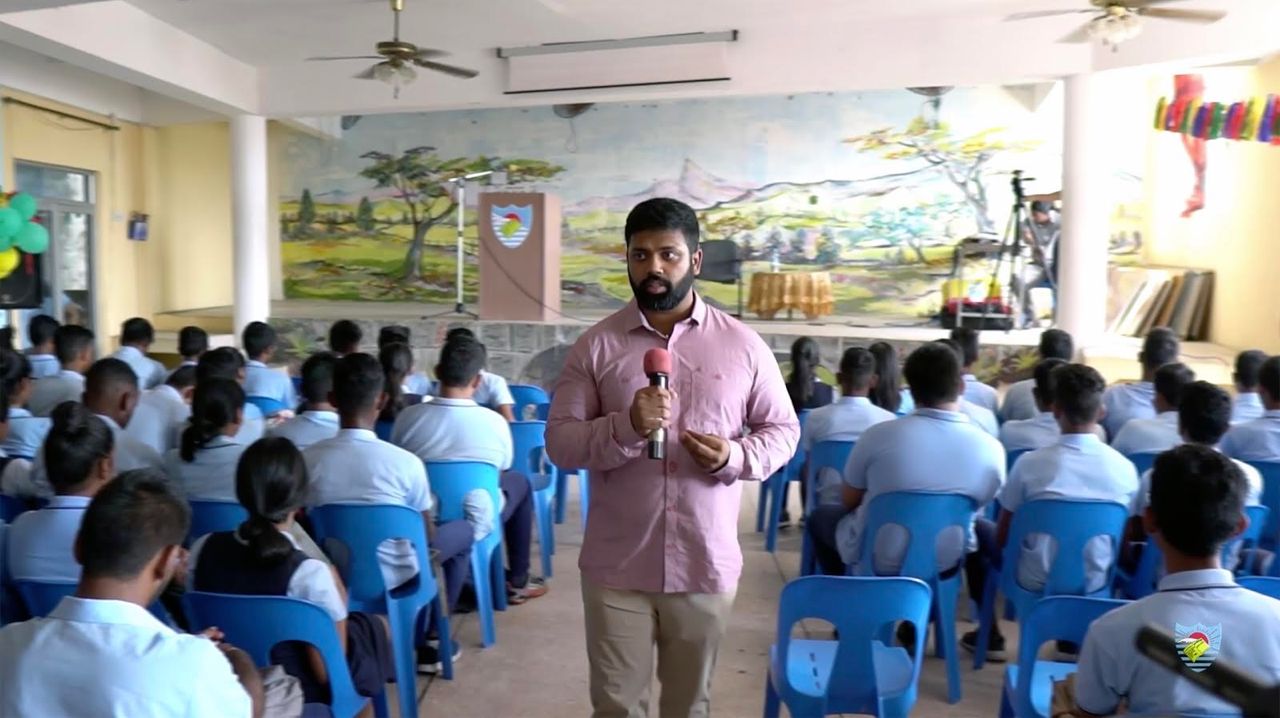You don’t get to be 49 years old without having been around the block a few times, and like most people, I have memories I would rather forget, including of domestic violence and depression.
That’s why when I was able to meet up with Ishan Shivanand, Founder of Yoga of Immortals (YOI), I was honestly interested to learn about YOI. Ishan, if you haven’t heard of him, has been traveling the world, bringing the meditation techniques he learned as a monk in India to millions of people, including students, veterans, CEOs, and politicians.
Like anyone who has been the victim of abuse, I know all about its lifelong effects, including nightmares, anger, and anxiety; I wanted to learn from Ishan about YOI and see if it could bring me the inner peace that had been eluding me for pretty much my whole life. I also wanted to better understand the difference between numbing and meditation, and Ishan seemed like the perfect person to learn from.
My meditation session with Ishan lasted for ten minutes, and he proved to be an excellent instructor. He focused much of the time on my breathing, instructing me to inhale slowly for a count of four and to then slowly release my breath for another four beats. That was easy enough, but it got challenging when he directed me to focus on parts of my body.
“On one, center your awareness on the top of your head,” Ishan said, patiently giving me time to refocus my thoughts. “On two, let your awareness be on your heart. On three, let it be on your navel. On four, let it be on the base of your spine.”
As I followed his guidance, breathing deeply, a curious thing happened: I started to feel lighter and calmer. This is no small statement, as the stress from my memories of abuse has plagued me for years. Ishan would later confirm that this benefit of meditation is often experienced by people who have been through traumatic experiences.
“As you exhale, push up that awareness and your breath through your spine, all the way up through the top of your head,” Ishan directed. “It is almost like you are trying to relieve any emotional or intellectual pressure that may be built up in your body. Push it out and feel the freedom.”

As I did, relaxation came over me. I opened my eyes and told Ishan that it almost felt like I was separating myself from the stress. “Yes, it can feel that way,” he confirmed, nodding his head. “You are, in effect, pushing the negativity away from yourself and creating a safe place for your mind and heart to exist.”
With the session over, we both sat back to discuss our thoughts on it. “One of the reasons people who have been traumatized struggle,” Ishan said, “is because the memories can flood their minds, leaving them no peace or refuge from them. There’s nowhere they can go where those memories won’t be. One of the benefits of YOI is that they learn to push those memories away, giving them the emotional and mental space they need. It can help them to feel more in control of what goes through their minds.”
I reflected on that and had to agree, but that left the question of numbing. What, exactly, was the difference between achieving that separation through meditation and through numbing?
“Numbing is avoidance,” Ishan explained. “The emotions and memories assault you, leaving you no peace or place to escape to, so a person turns to alcohol or something else to drown out the negative feelings. It doesn’t work, unfortunately. They are caught in a new problem – addiction – while the pain of the memories continues. There is no true separation here, only the numbing.”
With YOI and meditation, on the other hand, he said, the practitioner ultimately creates an emotional oasis inside their mind, one where those memories can’t intrude. “You still have the memories, of course, but by having a place in your mind or spirit where you can rest, you can have the energy and strength to address those memories when you are ready.”
I reflected that there had to be countless people out in the world who need to achieve that separation, as so many are victims of sexual violence, abuse, and other issues.
“Yes, most definitely,” Ishan said. “The hope, however, that they all have is that instead of trying to exist each day with their tension, anger, or stress, they can actually recover from it. That is the hope of YOI, and it is helping countless people around the globe become free of their stress and live lives of peace and tranquility.”
Through the scientifically-backed meditation techniques taught by Ishan Shivanand and Yoga of Immortals, millions are finding relief from anxiety, anger, addictions, and other issues. For more information on how YOI can help you find your own peace, please contact him at info@ishanshivanand.com or visit:
https://m.facebook.com/IshanShivanand
https://www.linkedin.com/in/ishanshivanand
This is a Contributor Post. Opinions expressed here are opinions of the Contributor. Influencive does not endorse or review brands mentioned; does not and cannot investigate relationships with brands, products, and people mentioned and is up to the Contributor to disclose. Contributors, amongst other accounts and articles may be professional fee-based.

